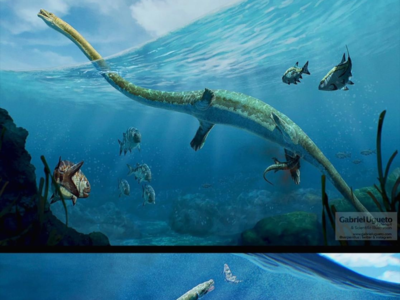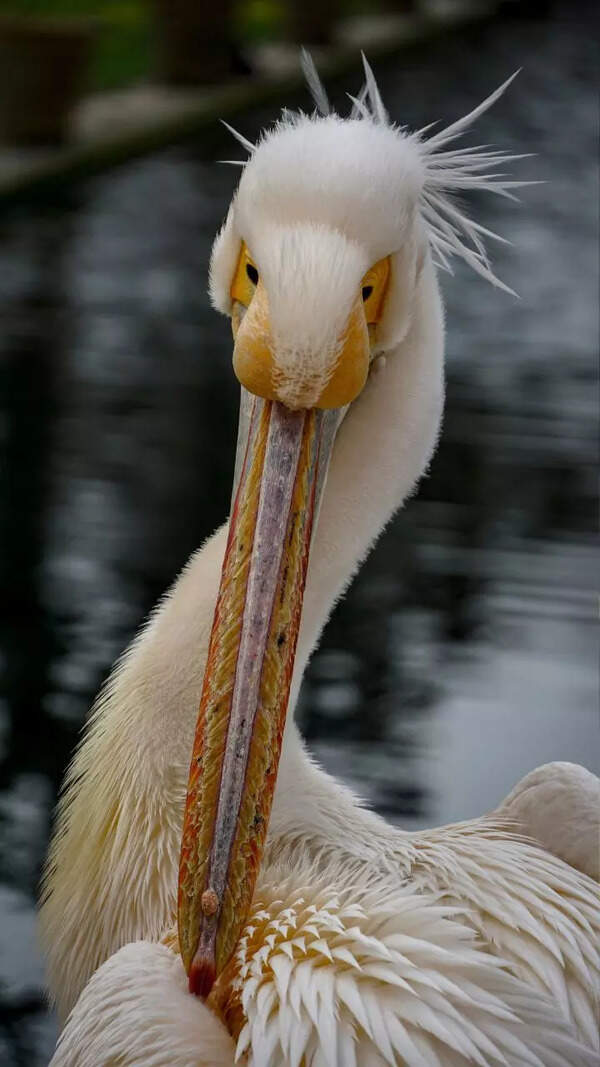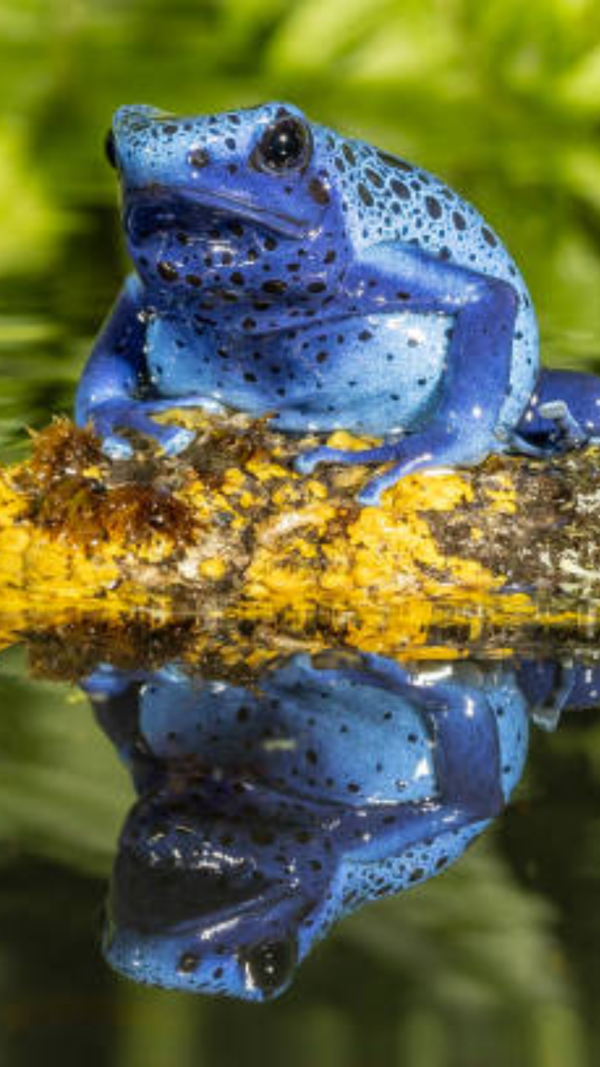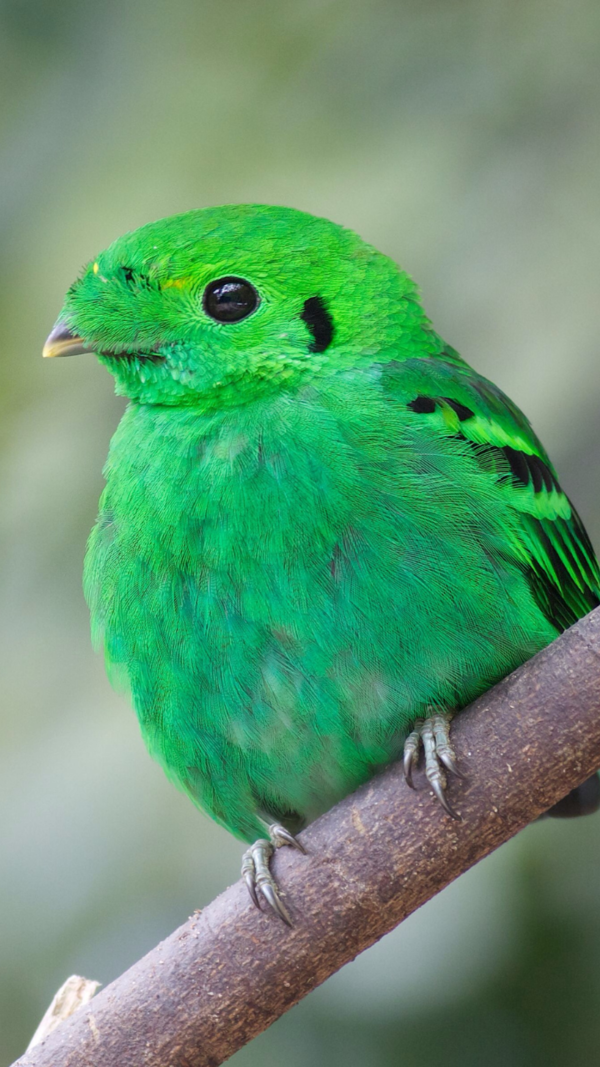Trending
Shocking! A 240 million-year-old dragon's fossil discovered in China-- All about it
A 240-million-year-old Dinocephalosaurus orientalis fossil, unearthed in Southern China, has captivated scientists with its dragon-like appearance. The 16-foot-long marine reptile boasts an exceptionally long neck with 32 vertebrae, exceeding any known marine reptile. This discovery, a result of international collaboration, offers insights into the evolution and adaptability of marine reptiles during the Triassic period.
In a stunning revelation, researchers have discovered a 240-million-year-old fossil of a Dinocephalosaurus orientalis. The ancient fossil was discovered in Guizhou province, Southern China. This astonishing discovery bridges the realm of science and mythology. This 16-foot-long creature’s elongated, serpentine neck and limbs evoke the image of a legendary Chinese dragon, offering a rare glimpse into prehistoric marine life.
Dinocephalosaurus orientalis (Terrible-headed reptile) has always intrigued scientists due to its differentiated anatomy. The latest specimen that was excavated revealed an extraordinarily long neck comprising 32 vertebrae, which is shocking because it is more than any known marine reptile.
Researchers during their hypothesis concluded that its flexible neck allowed it to stealthily capture prey in crevices and narrow water spaces. With the collaborative efforts of scientists from China, Germany, Scotland, and the United States, this unique discovery has come to light, and it is the result of over a decade of international collaboration.
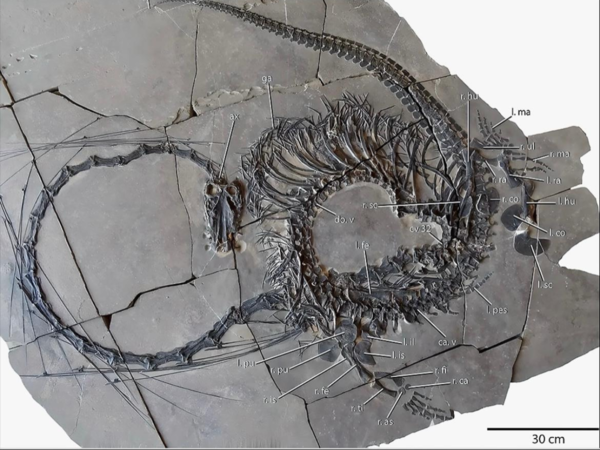
Image credit: Instagram/planetdinosaurs
Dr. Nick Fraser, of the National Museum of Scotland, described this rare find as “one of the most remarkable” from the Triassic deposits of the Guizhou Province. This finding will enable scientists to learn about the evolution of the marine reptiles, which spans decades.
This fossil find not only adds to the scientific world but also strikes a cultural chord with the Chinese people. Its dragon-like shape is consistent with Chinese mythology, where the dragon is highly significant as a symbol of power and wisdom.
The intersection of Earth's early history and the cultures of storytelling humans is highlighted by the intersection of paleontology and culture. The Transactions of the Royal Society of Edinburgh, Earth and Environmental Science has published the comprehensive findings of the research, which offer valuable new information about the diversity and adaptability of marine reptiles in the Triassic.
As researchers continue to examine it, they expect this Triassic "dragon" to uncover even deeper secrets of life during the Triassic—a time of radical change and evolutionary experimentation following Earth's most severe mass extinction. The fossil is not just a likeness of an ancient animal but also a time capsule that might rewrite our understanding of early marine ecosystems. It is more than just a fossil; It tells a tale that spans over centuries and civilisations.

About the Author
TOI Lifestyle DeskEnd of Article
Follow Us On Social Media
Visual Stories
Tired of too many ads?
